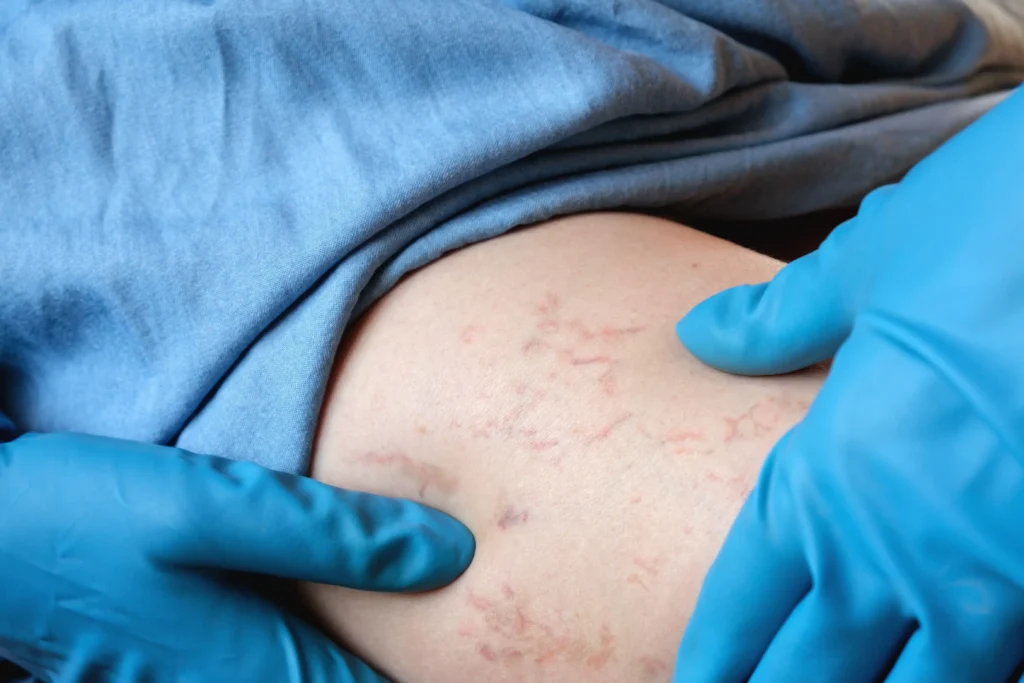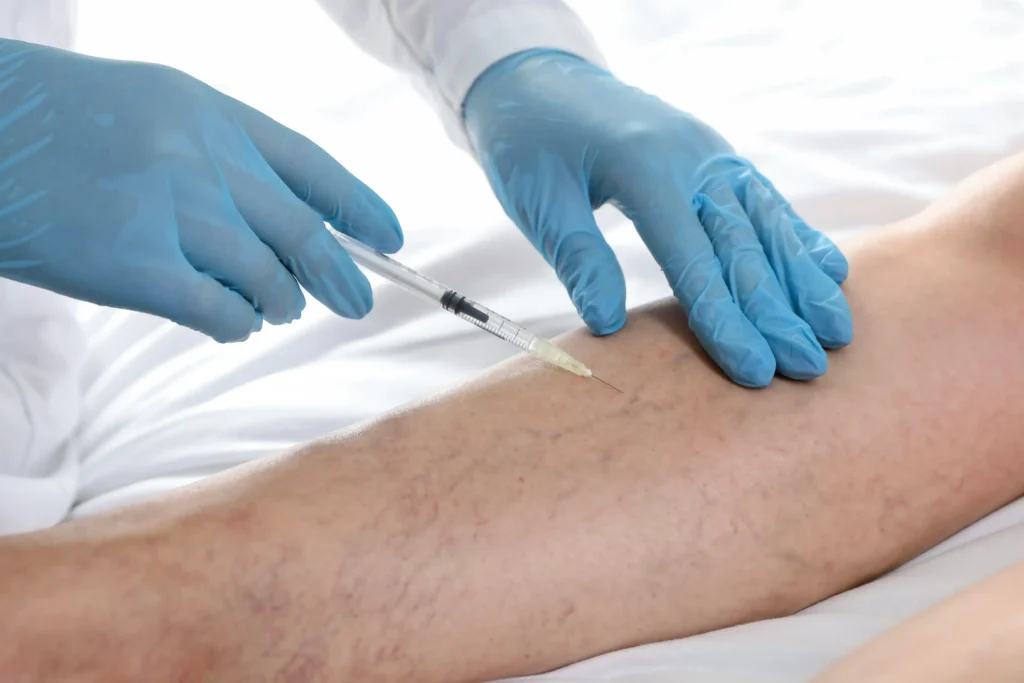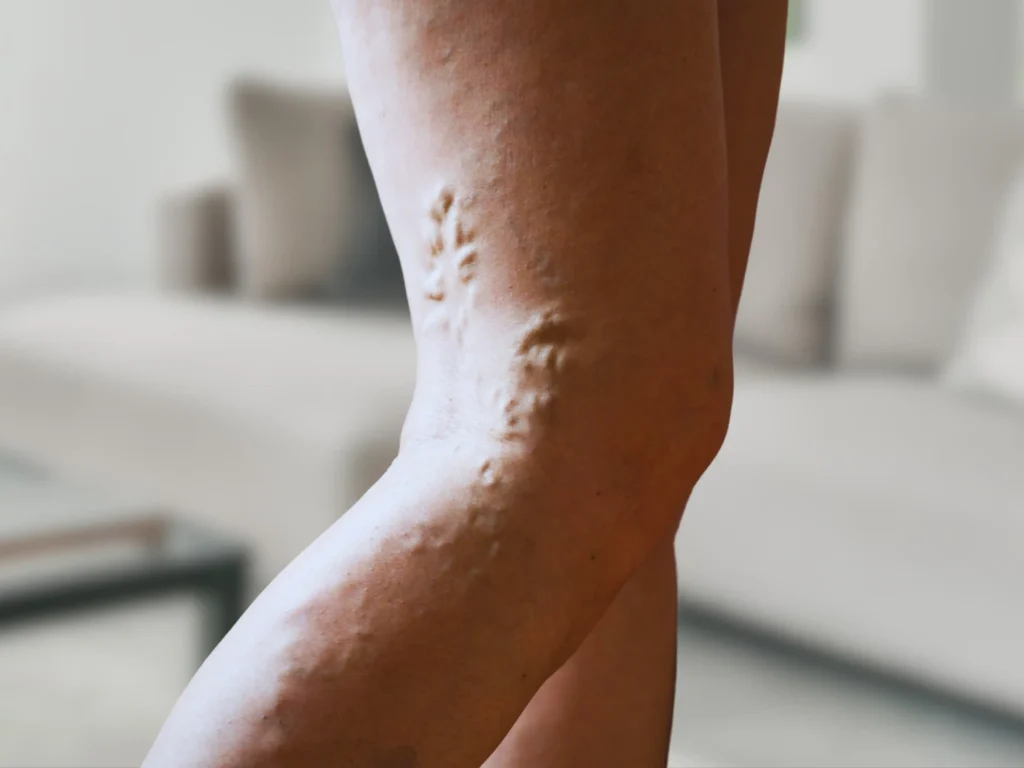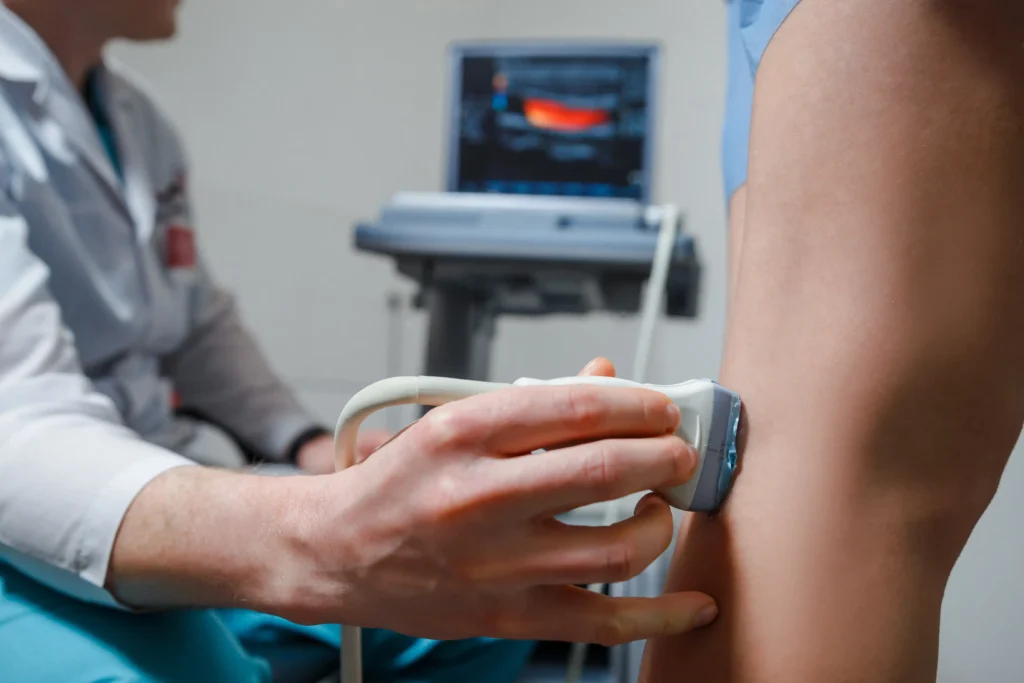Dr. Kindelan Answers: When to Worry About Varicose Veins
Summary
When should you start worrying about varicose veins? In many cases, varicose veins aren’t just a cosmetic issue. If you notice any of the following signs, it’s time to seek medical attention: Persistent pain or aching in the legs, Swelling in the legs or ankles, Skin changes, such as discoloration or ulcers, Bleeding from a varicose vein or Throbbing or cramping in the affected area.
You’ve probably noticed some bulging veins on your legs, which might look unsightly or cause occasional discomfort. Maybe you’ve felt some heaviness or aching in your legs after standing for long periods. While these symptoms can be annoying, are they a sign that it’s time to worry about varicose veins? Varicose veins often start as a cosmetic concern, but they can lead to more serious health issues if left untreated.
At the Leg Ulcer Center in San Diego, we understand how varicose veins can affect your daily life. If you notice pain, swelling, or any changes in your skin, it’s essential to get professional advice and treatment. Our center, located at 5330 Carroll Canyon Rd No. 140, San Diego, CA 92121, offers expert care for varicose veins and other venous conditions. Dr. Kindelan is here to help you navigate your concerns and receive the best treatment available.
If you’re experiencing any of these symptoms, it’s important to consult with a vein specialist, such as Dr. Kindelan at the Leg Ulcer Center in San Diego. Our team is dedicated to providing early diagnosis and minimally invasive treatments for varicose veins.
What Causes Varicose Veins?
To understand when to worry about varicose veins, it’s helpful to know what causes them. The root cause of varicose veins is usually chronic venous insufficiency (CVI), a condition in which the veins in the legs don’t efficiently return blood to the heart. This occurs when the valves in your veins weaken or become damaged, causing blood to pool in the legs and lead to the formation of bulging veins. Factors that can contribute to CVI include:
- Age: As you age, the vein valves naturally weaken.
- Pregnancy: Hormonal changes and increased pressure on leg veins can lead to varicose veins.
- Obesity: Extra weight places added pressure on the veins.
- Prolonged standing: Occupations that require standing for long periods can increase your risk.
When to Worry About Varicose Veins?
Varicose veins often start as a minor inconvenience, but they can indicate a more serious underlying issue. When varicose veins cause pain, swelling, skin changes, or even non-healing ulcers, it’s time to worry. Here’s what to look out for:
- Pain and Heaviness: If your varicose veins cause persistent pain, throbbing, or a heavy feeling in your legs, it’s time to consult a vein specialist.
- Swelling: Swelling in the legs or ankles, particularly after standing for long periods, is a common sign of worsening venous insufficiency.
- Skin Changes: Varicose veins can cause changes in the skin, including discoloration, dryness, and even ulceration, which are all signs that treatment is needed.
- Bleeding: A varicose vein that ruptures and bleeds is a serious medical concern. Immediate treatment is necessary to prevent further complications.
- Non-healing Ulcers: Ulcers that develop near varicose veins and don’t heal properly can be a sign of poor circulation and may lead to infections.
What Happens If Varicose Veins Are Left Untreated?
If varicose veins are left untreated, they can lead to several complications. These complications can affect your overall health and quality of life. Some of the most serious issues include:
- Deep Vein Thrombosis (DVT): Blood clots can form in the deep veins of the legs, which may travel to the lungs and cause a life-threatening condition called a pulmonary embolism.
- Skin Ulcers and Infections: Prolonged varicose veins can lead to chronic skin ulcers that are difficult to heal, leading to infections and further complications.
- Venous Eczema: This is a skin condition that results from poor circulation and can cause itching, redness, and inflammation.
- Bleeding: Varicose veins, especially those near the surface of the skin, are more prone to rupturing and bleeding.
- Chronic Pain and Discomfort: If varicose veins aren’t treated, they can cause long-term pain, discomfort, and reduced mobility, making it difficult to perform everyday activities.
It’s important to address varicose veins as soon as possible to avoid these complications. Early intervention with minimally invasive treatments can help prevent these serious health issues.
How to Diagnose and Treat Varicose Veins?
At the Leg Ulcer Center in San Diego, Dr. Joshua Kindelan uses advanced techniques to diagnose varicose veins. Diagnosis typically involves a duplex ultrasound, which allows us to see the veins and check for any issues with blood flow. Once diagnosed, several minimally invasive treatments can be offered to provide relief and improve your leg health.
Here are some of the minimally invasive varicose vein treatment options we offer:
- Sclerotherapy: Sclerotherapy is a popular treatment for small varicose veins and spider veins. It involves injecting a solution directly into the vein, which causes the vein to collapse and eventually fade from view. This procedure is minimally invasive and requires no downtime.
- Endovenous Laser Ablation (EVLA): Endovenous laser ablation is a highly effective treatment for larger varicose veins. It uses a laser to heat and close off the affected vein, allowing blood to reroute to healthier veins. This procedure is done under local anesthesia.
- Radiofrequency Ablation (RFA): Radiofrequency ablation is similar to EVLA, but it uses radiofrequency energy to close off the affected vein. It is a safe and effective method for treating larger varicose veins and provides long-lasting results.
- VenaSeal™: VenaSeal is a revolutionary treatment that uses a medical adhesive to seal off varicose veins. It’s a quick and minimally invasive procedure with no need for heat or compression stockings, making it a comfortable option for many patients.
- Ambulatory Phlebectomy: For larger varicose veins that cannot be treated with sclerotherapy, ambulatory phlebectomy may be an option. This procedure involves removing the vein through small incisions in the skin. It is highly effective for removing surface veins.
For expert care and treatment of varicose veins, contact us to schedule a consultation at the Leg Ulcer Center in San Diego. Our vein clinic, located at 5330 Carroll Canyon Rd No. 140, San Diego, CA 92121, is here to help you achieve healthier legs.
Learn about our vein treatments and how Dr. Kindelan can help you find the best solution for your varicose veins. Don’t wait—early treatment can prevent complications and improve your quality of life. Contact us to verify your insurance details and explore your options.







